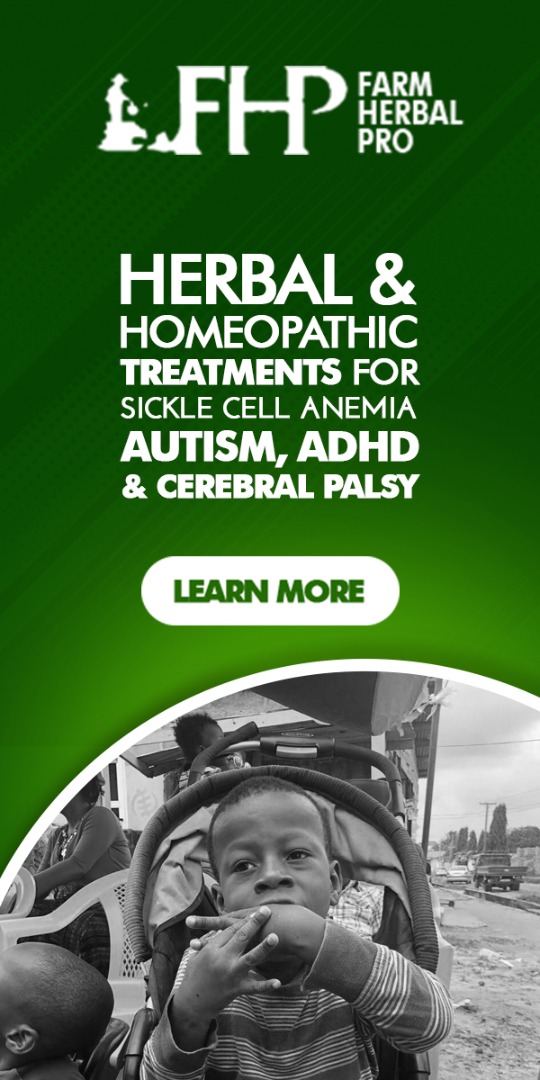Osteonecrosis which is also called avascular necrosis or aseptic necrosis, is the death of bone cells due to reduced or loss of blood supply to the bones in the joints. Without sufficient blood supply, the bone tissue dies and the bone collapses, accompanied with pain. This collapse of bone, in turn, can lead to degenerative arthritis also known as osteoarthritis of nearby joints, most often the hips and knees are affected. Less often affected spots are the shoulders, hands and feet.
Anyone can get osteonecrosis, but it is most common in people in their 30s, 40s, and 50s, and who most often have a history of serious trauma, corticosteroid use, excess alcohol intake or one of the reasons listed in “What causes osteonecrosis?”
Causes and Risk Factors for Osteonecrosis
Osteonecrosis has many different causes and risk factors, the most common ones are
- Loss of blood supply to the bone this may lead to bone cell death and can be caused by an injury (bone fracture or joint dislocation; called traumatic osteonecrosis).
- Corticosteroid medications (such as prednisone, cortisone or methylprednisolone), mainly when a high dose is used for a prolonged period of time.
- Excess alcohol consumption; Consuming several alcoholic drinks a day for several years also can cause fatty deposits to form in your blood vessels.
- Systemic lupus erythematosus.
- Decompression disease (also called the “Bends” that can occur with scuba diving).
- Blood disorders such as sickle cell anemia, can cause diminished blood flow to bone.
- Gaucher disease; is the result of a buildup of certain fatty substances in certain organs, particularly in the spleen and liver. This causes these organs to enlarge and can affect their function. The fatty substances also can build up in bone tissue, blocking small blood vessels and reducing the blood flow that feeds bones, as a result weakening the bone and increasing the risk of fractures.
- HIV infection (the virus that causes AIDS).
- Radiation therapy for cancer can weaken bone.
- Organ transplantation, especially kidney transplant, also is associated with avascular necrosis.
- Increased pressure within the bone. One theory is that the pressure within the bone causes the blood vessels to narrow, making it difficult for blood to circulate through the bone. Osteonecrosis can also be associated with other disorders.
Symptoms of Osteonecrosis
In its early stages, osteonecrosis usually doesn’t have symptoms. As the disease gets worse, it becomes painful. At first, it might only hurt when you put pressure on the affected bone. Then, pain may become constant. If the bone and surrounding joint collapse, you may have severe pain that makes you unable to use your joint. Pain may be severe enough to cause joint stiffness by limiting the range of motion in the affected joint. Disabling osteoarthritis may develop in the affected joint.
For example:
If osteonecrosis affects the hip, there may be groin pain that spreads down the thigh to the knee. Osteonecrosis of the hip develops when the blood supply to the femoral head is disrupted. Without adequate nourishment, the bone in the head of the femur dies and gradually collapses. As a result, the particular cartilage covering the hip bones also collapses, leading to disabling arthritis.
If it affects the knee, the condition can cause pain in the lower end of the thighbone.
Osteonecrosis of the knee is a painful condition that occurs when the blood supply to a section of bone in the femur (thighbone) or tibia (shinbone) is disrupted. Because bone cells need a steady supply of blood to stay healthy, osteonecrosis can ultimately lead to destruction of the knee joint and severe arthritis.
If it affects the shoulder, Osteonecrosis of the humeral head is one of the causes of shoulder joint pain, generally, trauma is a common cause. Osteonecrosis can result in pain and stiffness in the upper arm.
How is osteonecrosis diagnosed?
Doctors suspect osteonecrosis when a person with risk factors for it feels bone pain that is “localized” (limited to a small area). Patients with hip pain due to osteonecrosis often feel pain in the groin. Pain due to hip or knee osteonecrosis is most often worse with weight-bearing or walking.
The next step in diagnosis is to get an X-ray of the painful area. Because these X-rays may look normal in the early stages of disease, your doctor may schedule other imaging studies. These include bone scans or magnetic resonance images (often referred to as MRIs). MRI is excellent at helping detect osteonecrosis.
Preventing osteonecrosis
The key ways to prevent osteonecrosis are to avoid too much alcohol intake and avoid tobacco use, as smoking also raises the risk of osteonecrosis.
Also, if you have to take corticosteroids, such as prednisone, work with your doctor to take the smallest dose for the shortest time possible that will control your symptoms.
Keep your cholesterol in check. Small bits of fat are the most common thing blocking blood supply to you bones.
Homeopathic Treatment of Osteonecrosis
The homeopathic medicines for osteonecrosis use the body’s own restorative process to heal itself; It is basically aimed at halting the destruction of bones in someone challenged with osteonecrosis, and in this way, the body will start healing itself.
The second aim of these homeopathic remedies is to reduce the pain in bones because of bone damage.
These two aims are usually accomplished by the use homeopathic medicines which are natural medicines, which have no side effects and are completely safe.
The medicines are selected after taking into account the proper case history of the patient. The medicines are prescribed based on the bone involved, the description of how the bone is paining the person and other symptoms which are peculiar to individual cases.
Here are some of the wonderful homeopathic medicines used in the treatment of osteonecrosis;
• Silicea is considered among the best natural medicines for necrosis, affecting bones ranging from long to small bones. The necrosis of jaw, wrist bones, hand bones, feet bones, ankle, knees and in addition long bones —including humerus (bone in the upper arm), femur (bone in the thigh) and tibia (bone in front of leg).
The general symptom for using Silicea is sensitivity to cold air when bone pains worsen from a slight exposure to cold air. Warmth brings relief. The persons needing Silicea may have an excessive offensive odor on the feet.
• Fluoric acid works most effectively as a remedy for the necrosis of long bones. The bones include humerus (bone in the upper arm), femur (bone in the thigh) and tibia (bone in front of the leg). Fluoric Acid is mainly used to halt the necrosis appearing in long bones. The persons needing Fluoric acid usually have excess body heat and the external heat worsens the condition. This distinguishes Fluoric Acid from Silicea, which is beneficial if cold air worsens the condition. Apart from long bones, the bones of the ear (which are rarely involved) are also covered under Fluoric acid, which helps in improving the blood circulation and preventing further necrosis of bones.
• Symphytum is very beneficial as a remedy for bone-related complaints. Symphytum can be considered in all cases where the bone has suffered damage following fractures. It helps in proper knitting of the bone. This is helped by providing the necessary callous material needed for bone reformation. So, in every case of fracture where Symphytum is used, it acts as a preventive agent against necrosis as the bone is very neatly and efficiently woven by this medicine.
• Natrum sulph should always be considered in cases of osteonecrosis of the hip joint. Natrum sulph is one of the most beneficial medicines when dealing with osteonecrosis involving hip joint. The patient mainly complains of pain during motion or when stooping.
• Lithium carb; This is indicated when there is Itching about joints. Rheumatic pains throughout shoulder-joint, arm, and fingers and small joints generally. Pain in hollow of foot, extending to knee. Swelling and tenderness of finger and toe joints; better with hot water. Nodular swellings in joints also present.
• Strontium carb; This is well indicated for osteonecrosis affecting the long bone. It action works well mainly on femur. In addition to the above, it is recommended for patients who experience aggravated pain in cold air.
• Angustura vera; It has special affinity for the long bones such as the humerus, femur, tibia, etc. We think about Angustura specially in carious affections of these bones and in exostosis and necrosis of lower jaw. Well indicated for Angustura when carious ulcers pierce the bones down to the marrow.
The Homeopathic medicines are selected after taking into account proper case history of the patient. The Homeopathic medicines are prescribed based on the bone involved, the kind of bone pain and other peculiar symptoms in each individual case.
For more contact Oluwafunmise on 08028366901 or 08183554665.




